Traumatic brain injuries, including concussions, affect nearly 69 million people worldwide each year, yet treatments remain scarce.
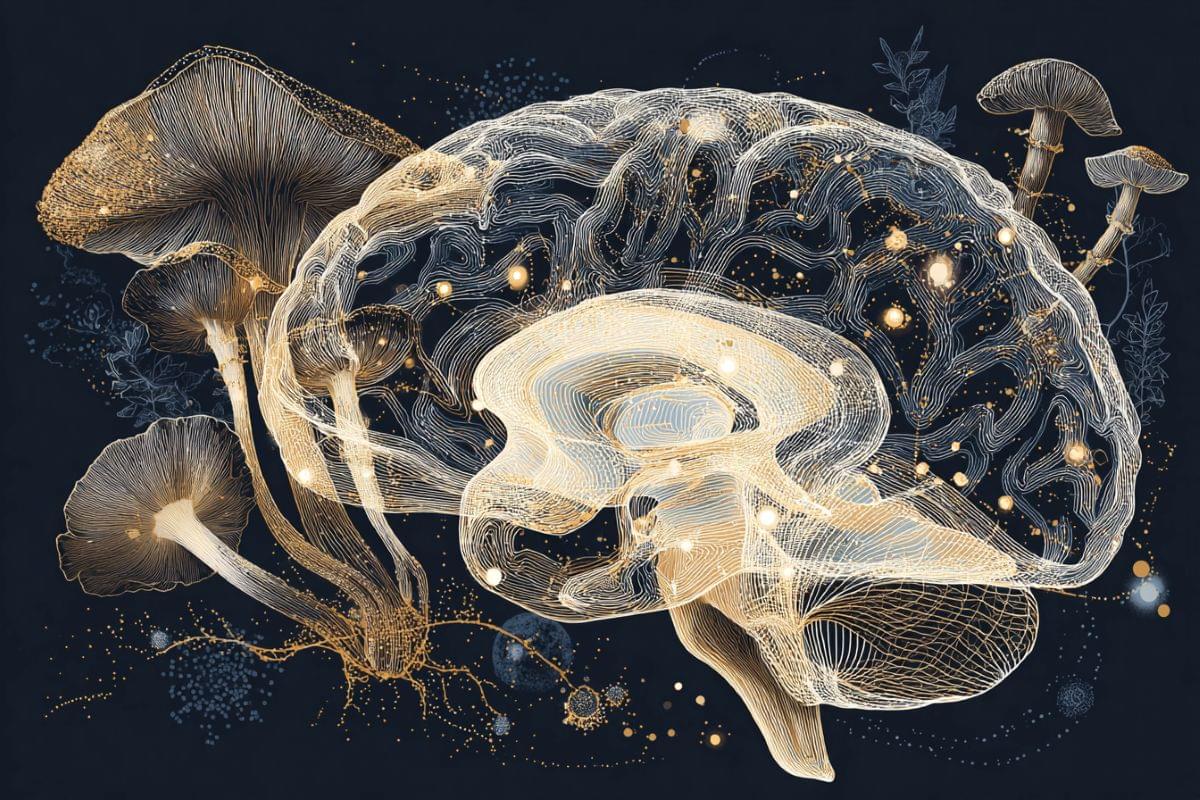

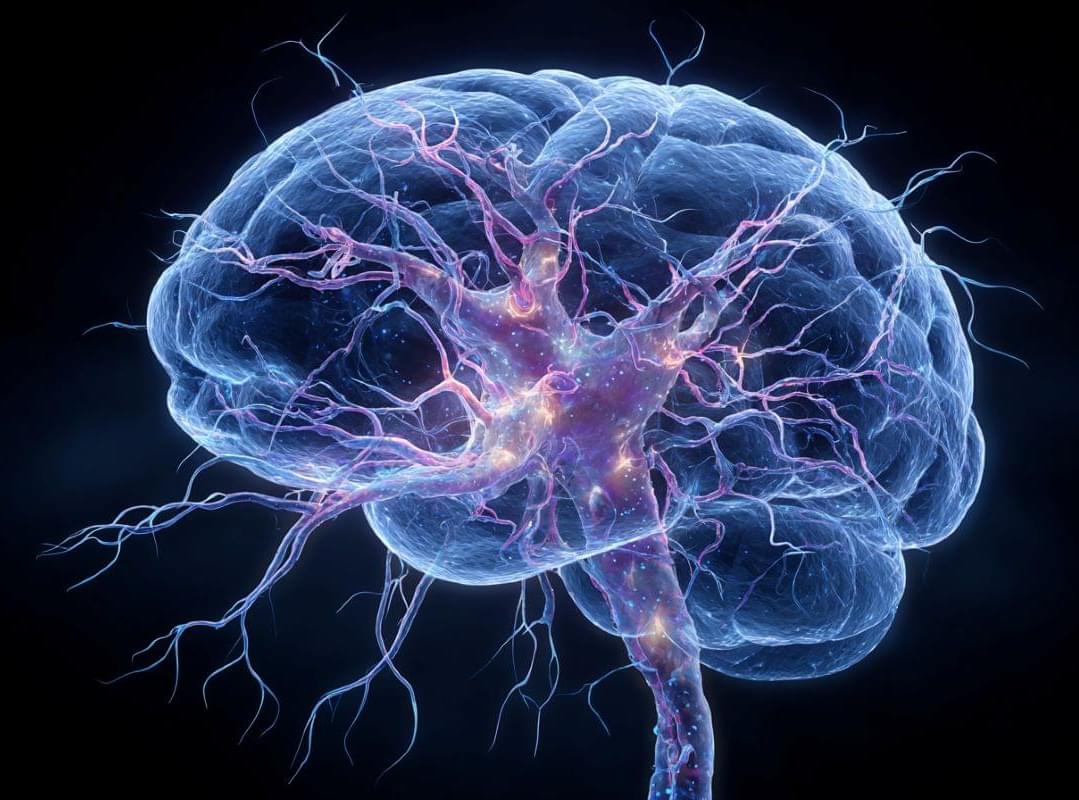

Researchers at the Indian Institute of Technology Gandhinagar, in collaboration with Sri Sri Institute of Advanced Research and Fortis Escort Heart Institute, report that rhythmic breathing in Sudarshan Kriya Yoga (SKY) produces measurable shifts in brain rhythms associated with deep relaxation. The team finds that SKY practice increases theta and delta brain activity while reducing alpha power.
Rising rates of stress, anxiety, and depression combined with limited access to professional care have created a desire for low-cost, self-managed approaches to mental health.
Previous investigations into yoga, meditation, and breathing exercises have documented improvements in mood, fatigue, emotional processing, and executive brain functions. Meditation practices have been linked to structural and functional changes in neural networks governing attention, self-referential processing, and emotion regulation.
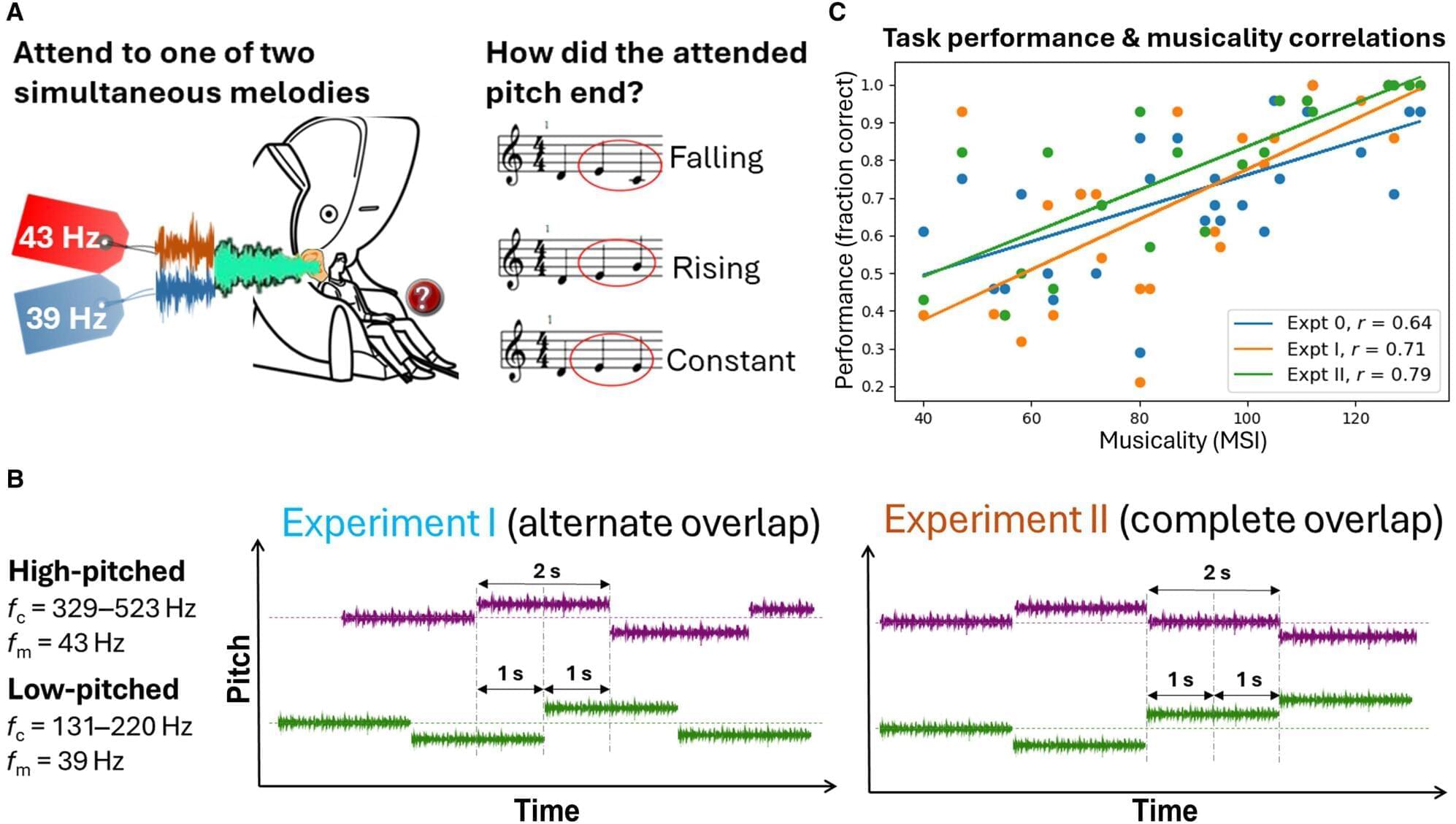
Musical people find it easier to focus their attention on the right sounds in noisy environments.
This is shown in a new study from Karolinska Institutet published in the journal Science Advances. The results suggest that music training can be used to sharpen attention and cognition.
Being able to focus on a conversation in a room full of noise is a complex task for the brain. In the new study, researchers have investigated how music training affects the brain’s ability to focus attention on specific sounds.
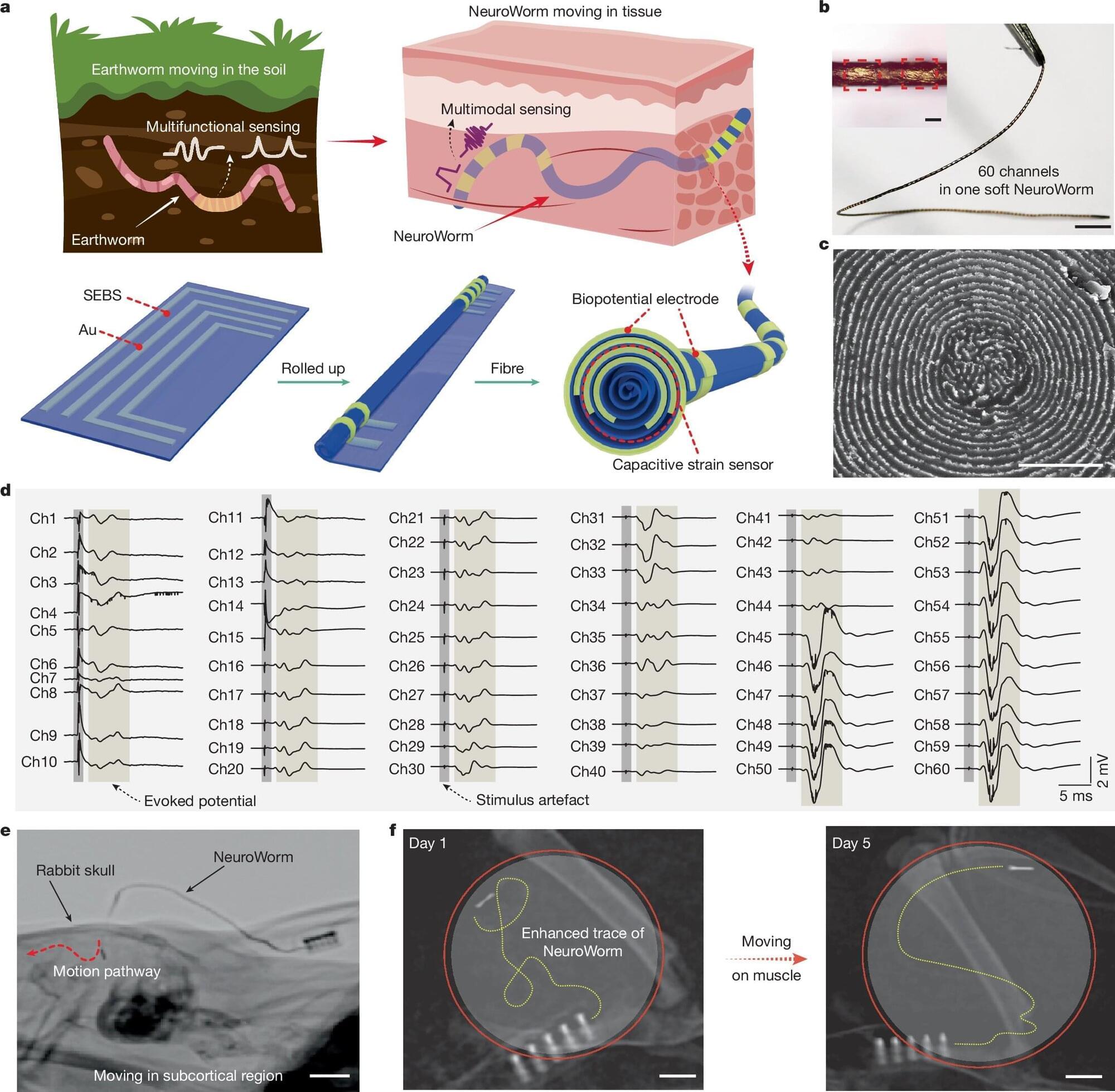
In brain-computer interfaces (BCIs) and other neural implant systems, electrodes serve as the critical interface and are core sensors linking electronic devices with biological nervous systems. Most currently implanted electrodes are static: Once positioned, they remain fixed, sampling neural activity from only a limited region. Over time, they often elicit immune responses, suffer signal degradation, or fail entirely, which has hindered the broader application and transformative potential of BCIs.
In a study published in Nature, a team led by Prof. Liu Zhiyuan, Prof. Xu Tiantian and Assoc. Prof. Han Fei from the Shenzhen Institute of Advanced Technology of the Chinese Academy of Sciences, along with Prof. Yan Wei from Donghua University, have reported a soft, movable, long-term implantable fiber electrode called “NeuroWorm,” marking a radical shift for bioelectronic interfaces from static operation to dynamic operation and from passive recording to active, intelligent exploration.
The design of NeuroWorm is inspired by the earthworm’s flexible locomotion and segmented sensory system. By employing sophisticated electrode patterning and a rolling technique, the researchers transformed a two-dimensional array on an ultrathin flexible polymer into a tiny fiber approximately 200 micrometers in diameter.

Speech recognition without heavy software or energy-hungry processors: researchers at the University of Twente, together with IBM Research Europe and Toyota Motor Europe, present a completely new approach. Their chips allow the material itself to “listen.” The publication by Prof. Wilfred van der Wiel and colleagues appears today in Nature.
Until now, speech recognition has relied on cloud servers and complex software. The Twente researchers show that it can be done differently. They combined a Reconfigurable Nonlinear Processing Unit (RNPU), developed at the University of Twente, with a new IBM chip. Together, these devices process sound as smoothly and dynamically as the human ear and brain. In tests, this approach proved at least as accurate as the best software models—and sometimes even better.
The potential impact is considerable: hearing aids that use almost no energy, voice assistants that no longer send data to the cloud, or cars with direct speech control. “This is a new way of thinking about intelligence in hardware,” says Prof. Van der Wiel. “We show that the material itself can be trained to listen.”



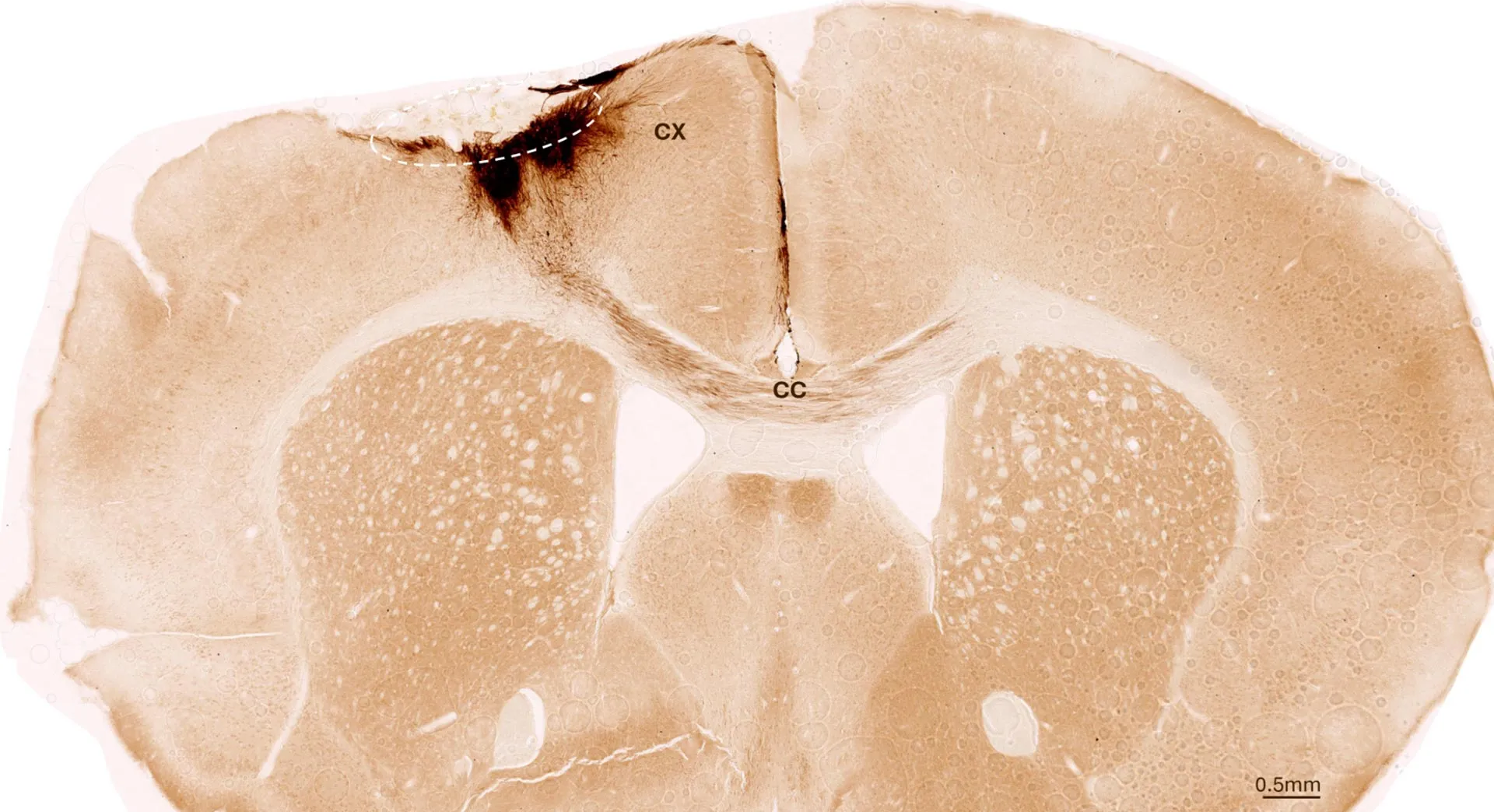
Scientists in Zurich have shown that stem cell transplants can reverse stroke damage by regenerating neurons, restoring motor functions, and even repairing blood vessels. The breakthrough not only healed mice with stroke-related impairments but also suggested that treatments could soon be adapted for humans, marking a hopeful step toward tackling one of the world’s most devastating conditions.